Enter a Visual Odyssey!
Explore the world via stunning photos with our award-winning travel blog.
Search Our Blog
Find your next adventure!
About Me
Indian by birth, Dutch citizen by naturalization, management post-graduate by education, business consultant by profession, and photographer by passion, I travel the world to make memories, so that one day when I’m gone, my stories live on!
53
Countries Visited
437
Cities Visited
120K+
Followers
Featured In














Top Partners















Trending Videos
Trending Blog Articles
Join the Newsletter
Get updates on our latest articles!
We respect your privacy. Read our policy here.








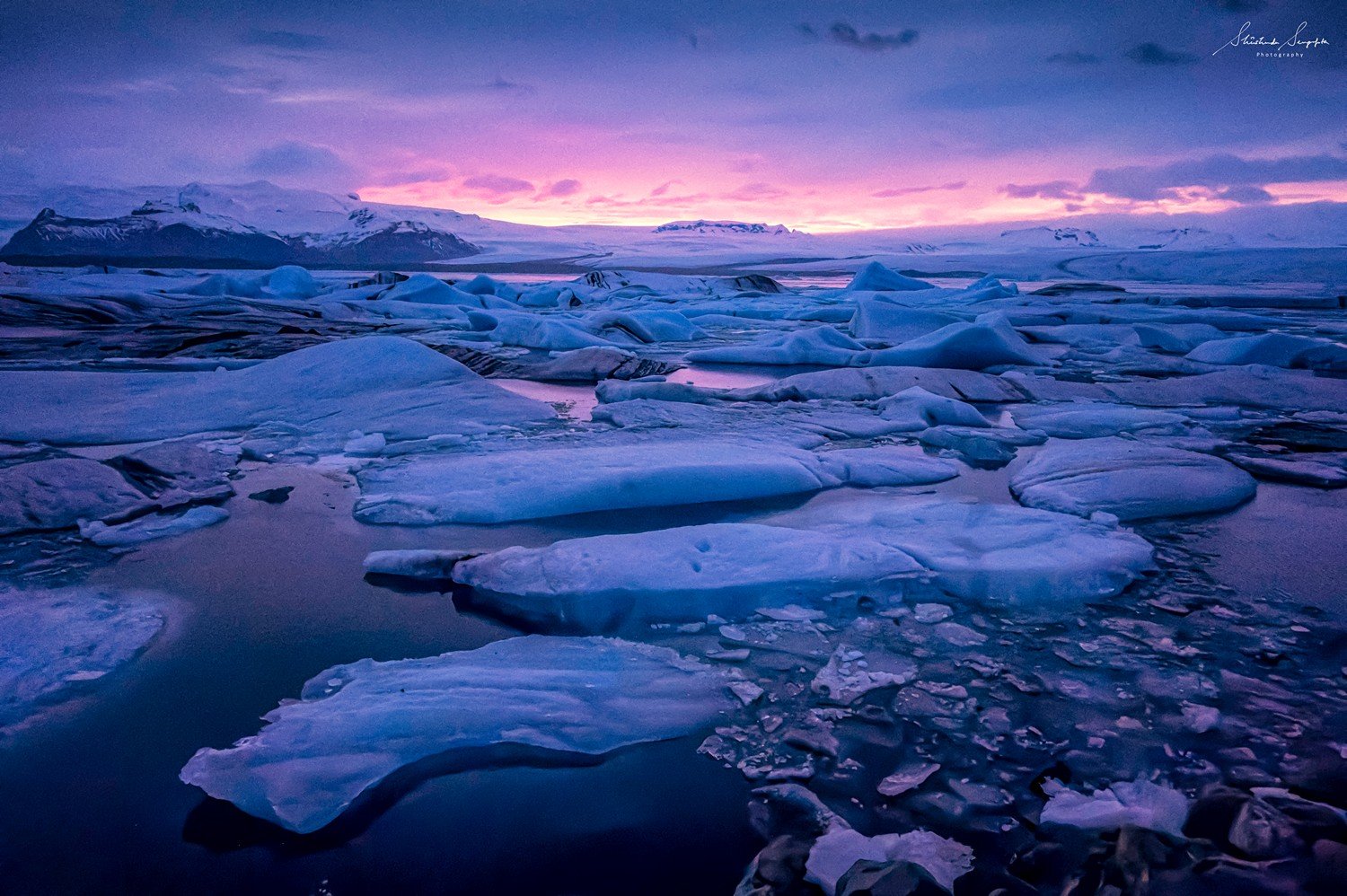




















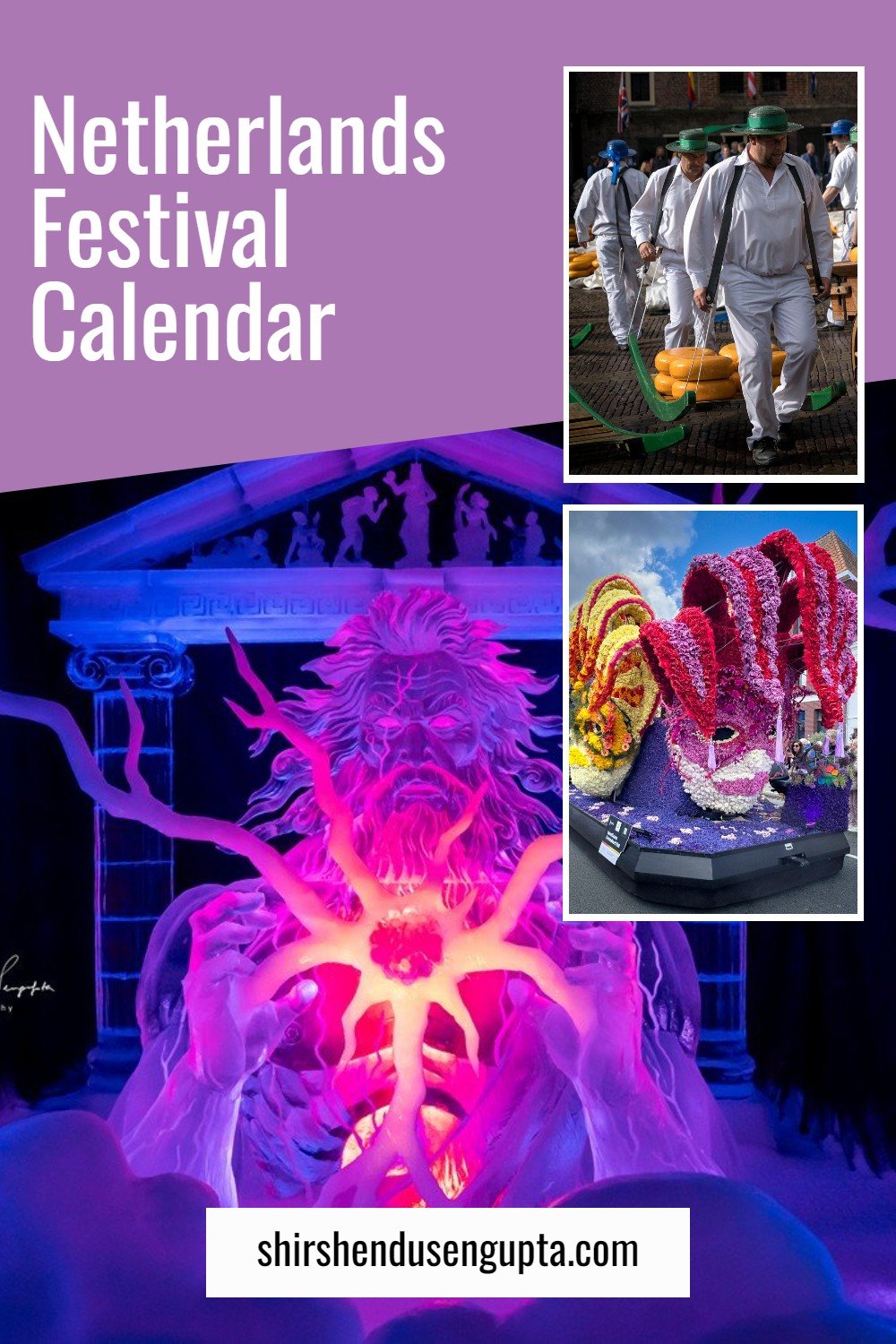






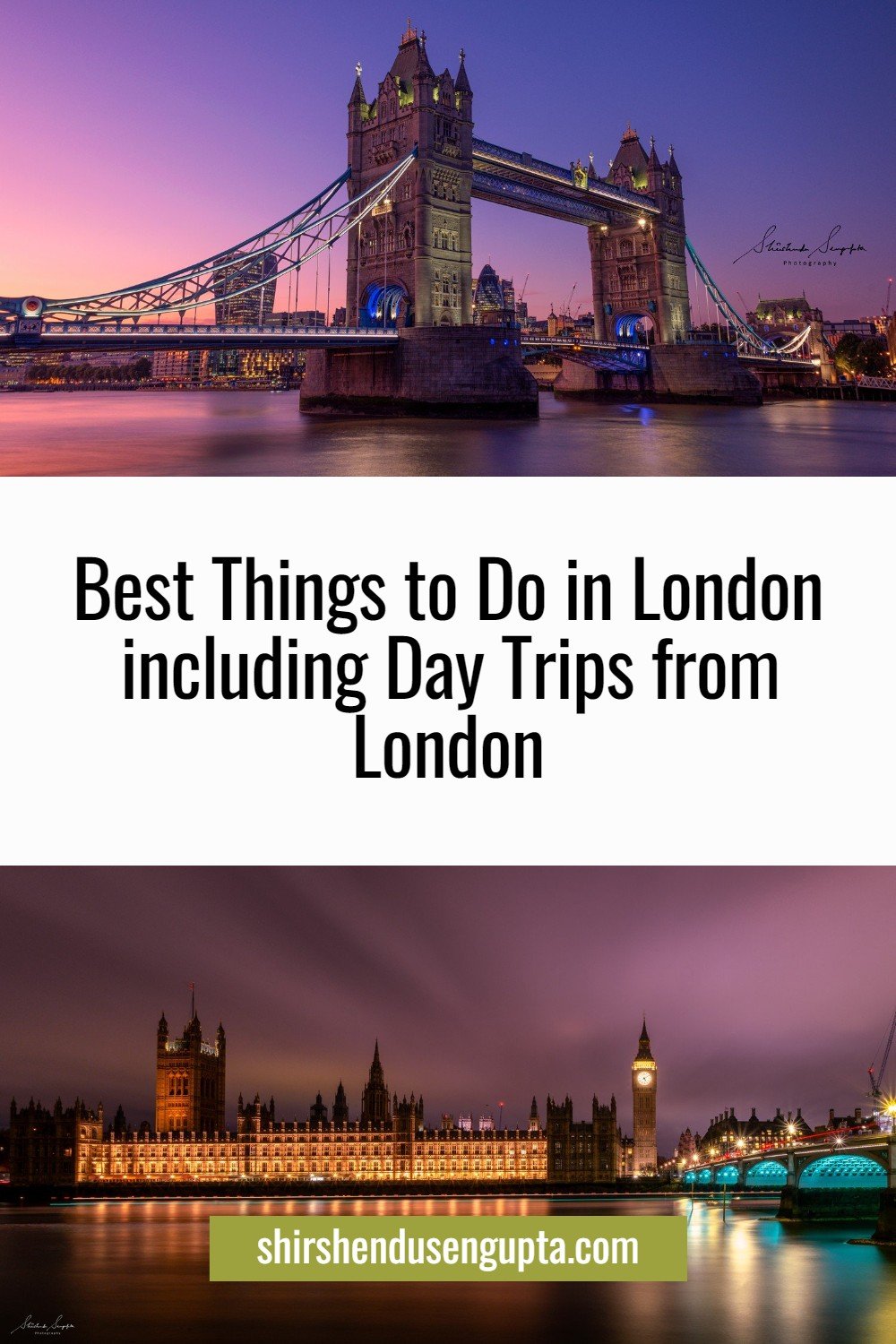

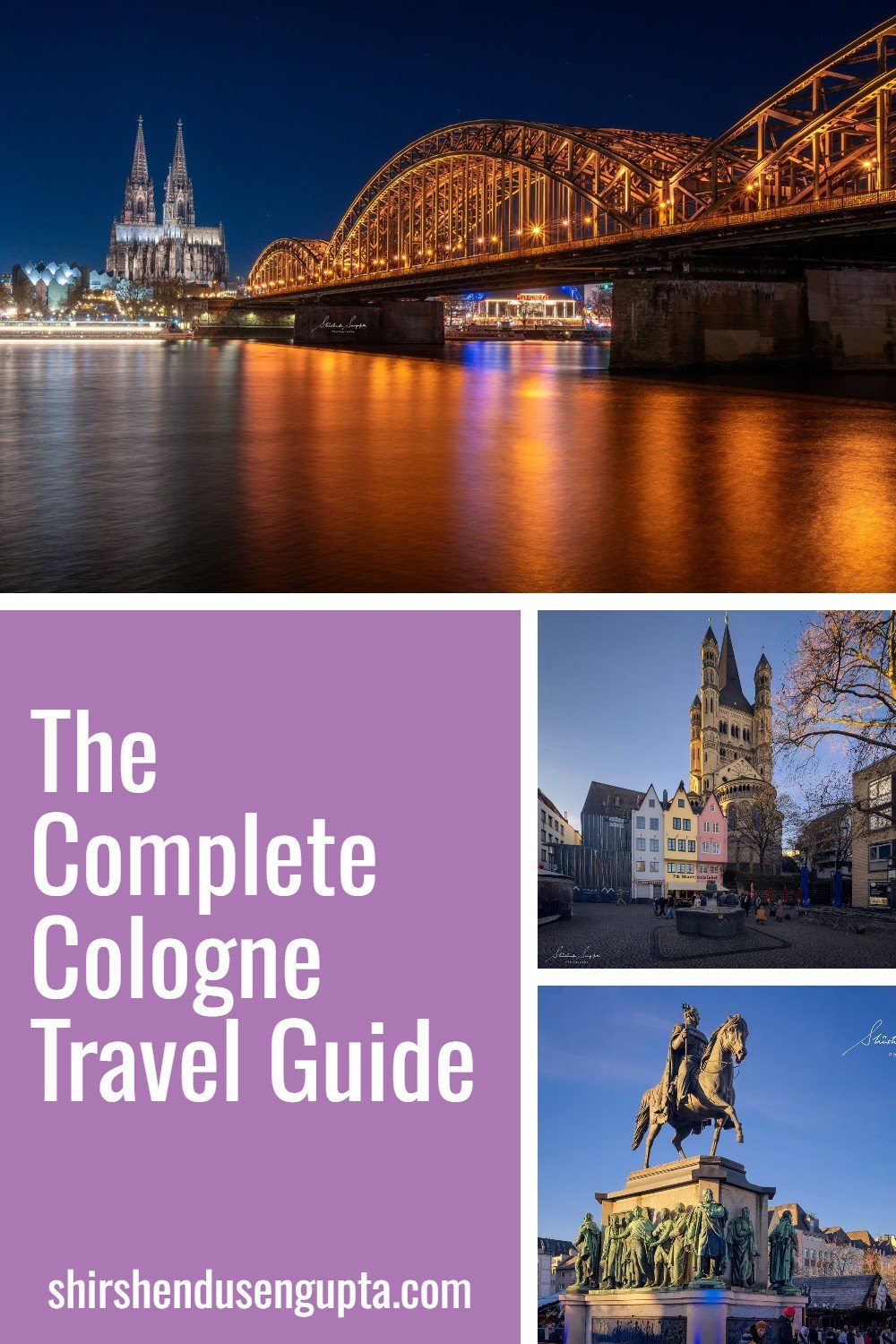
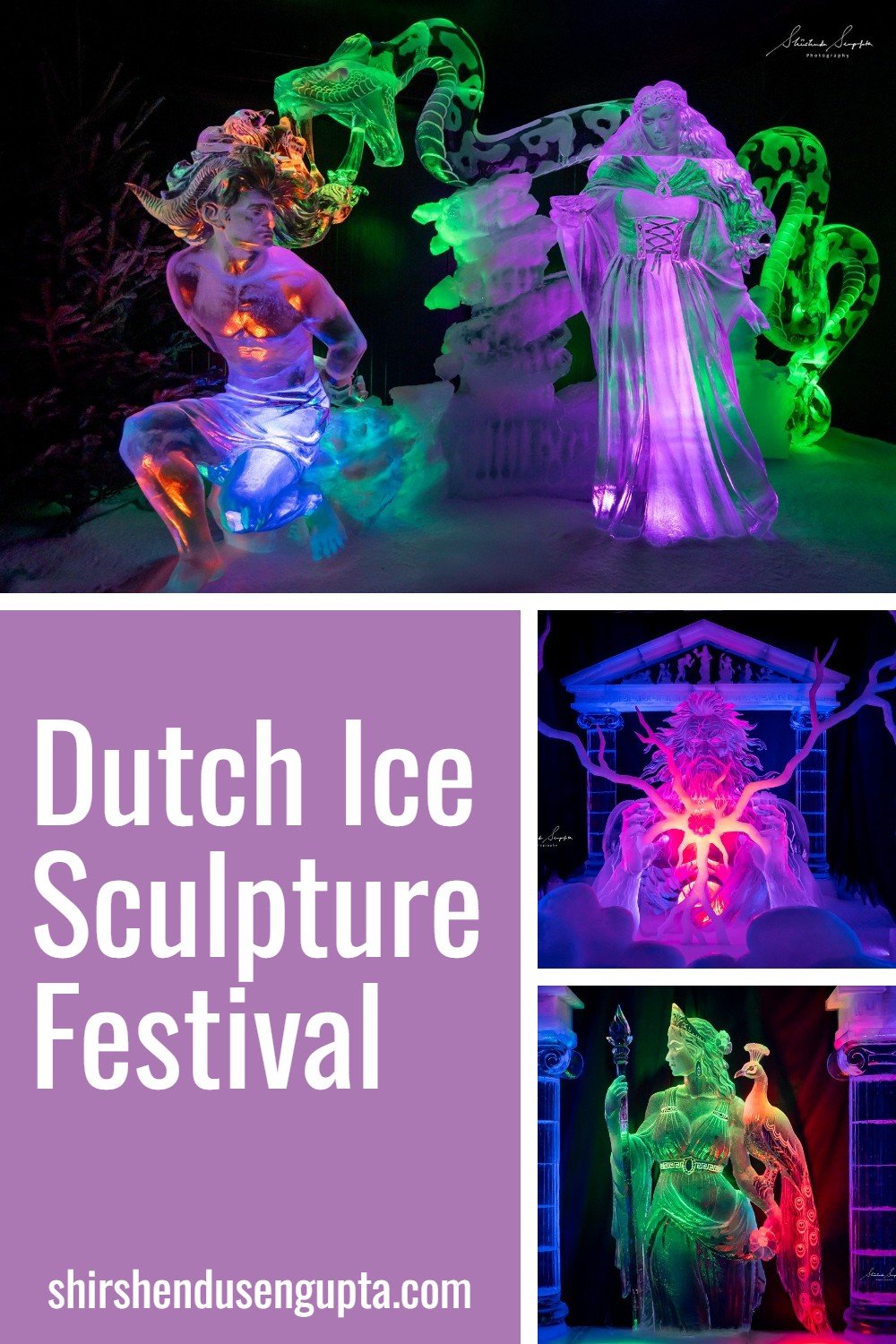
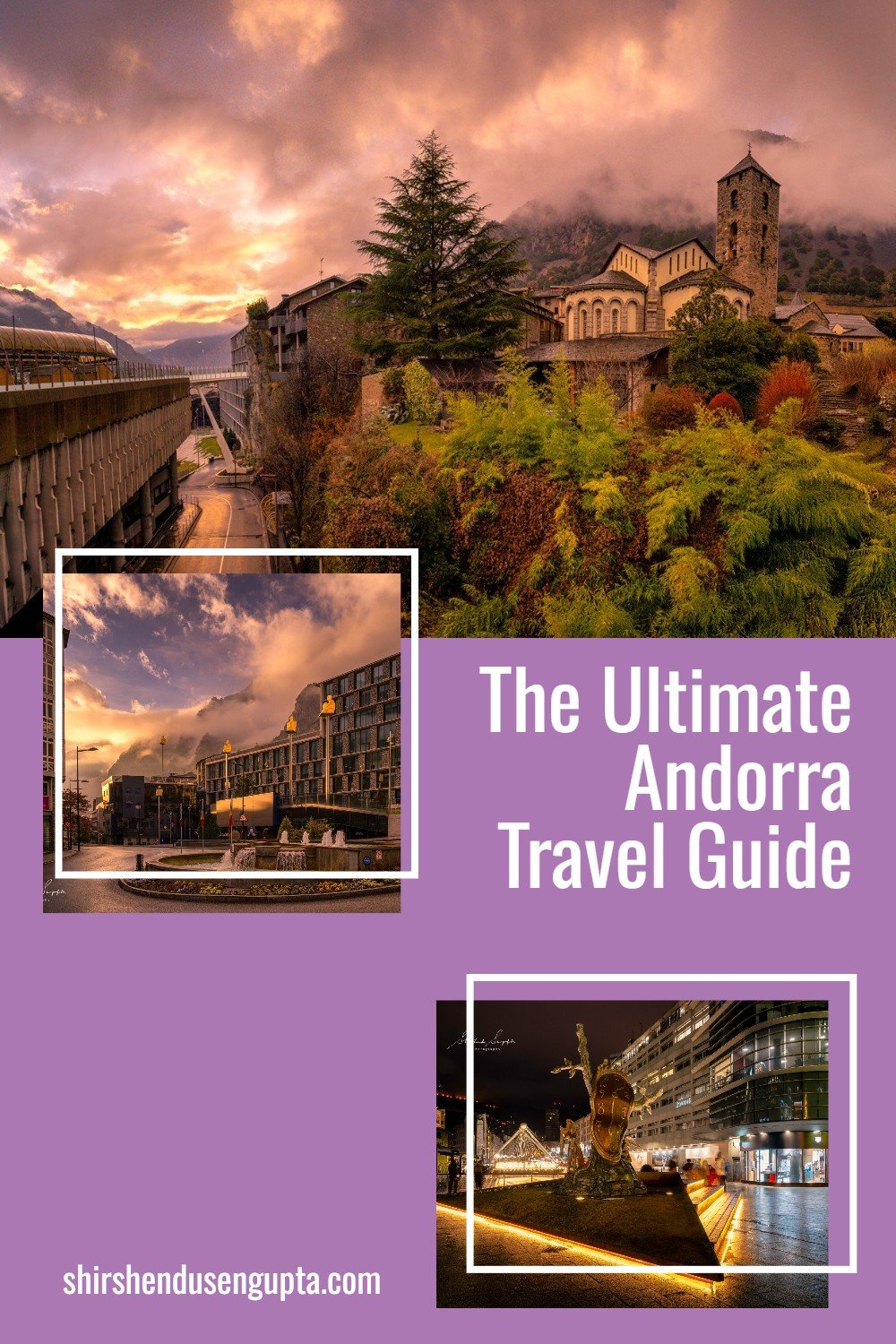
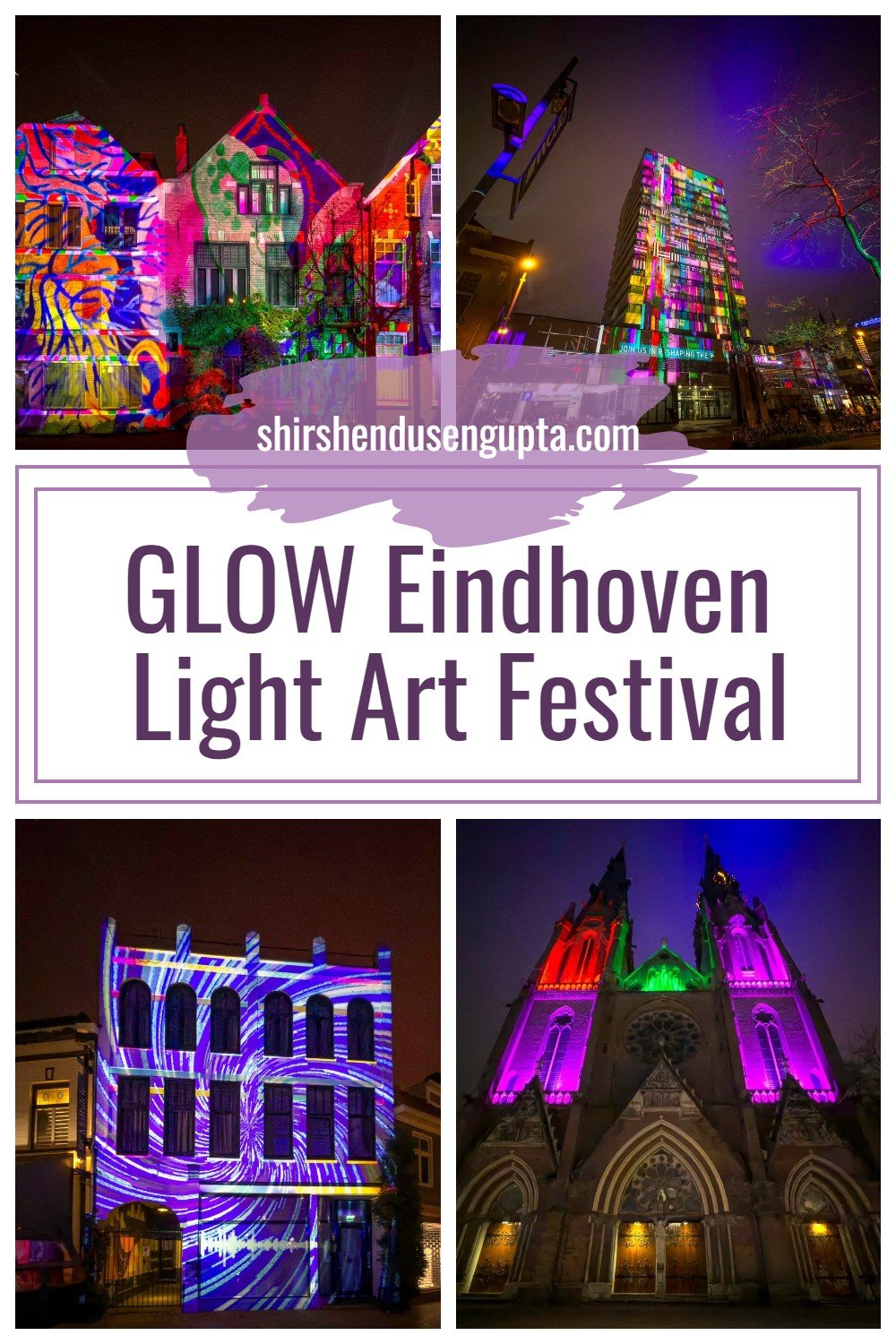
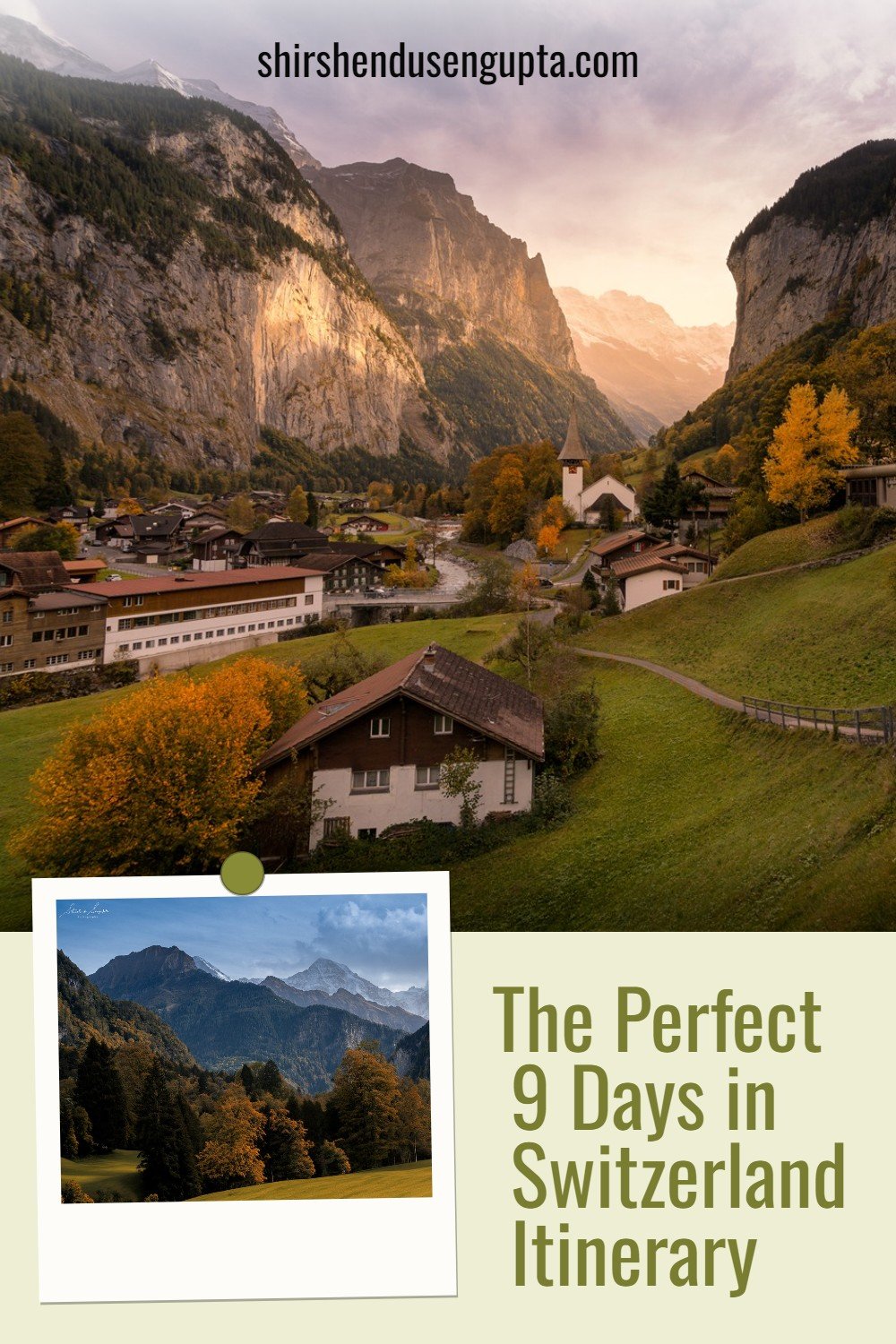
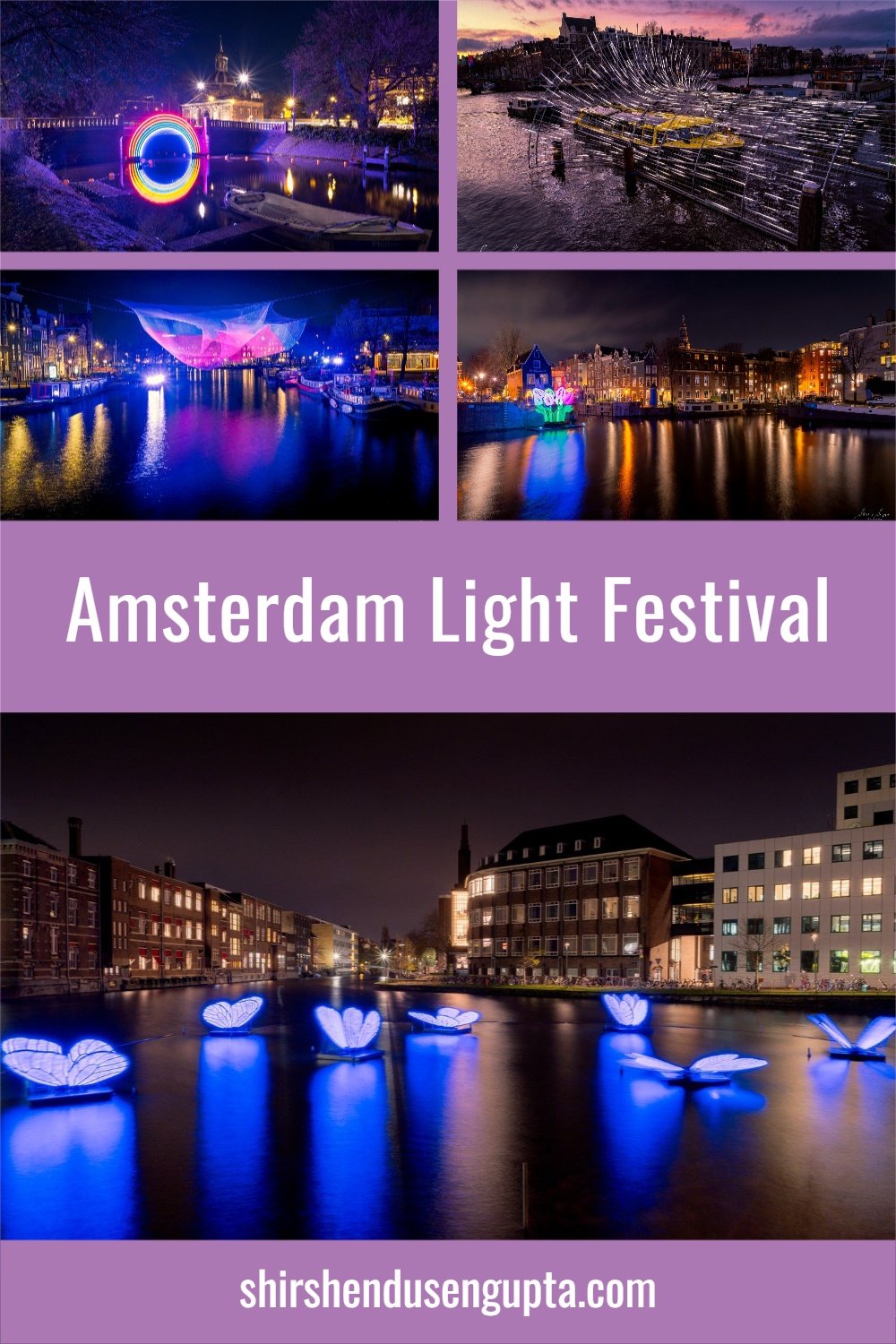

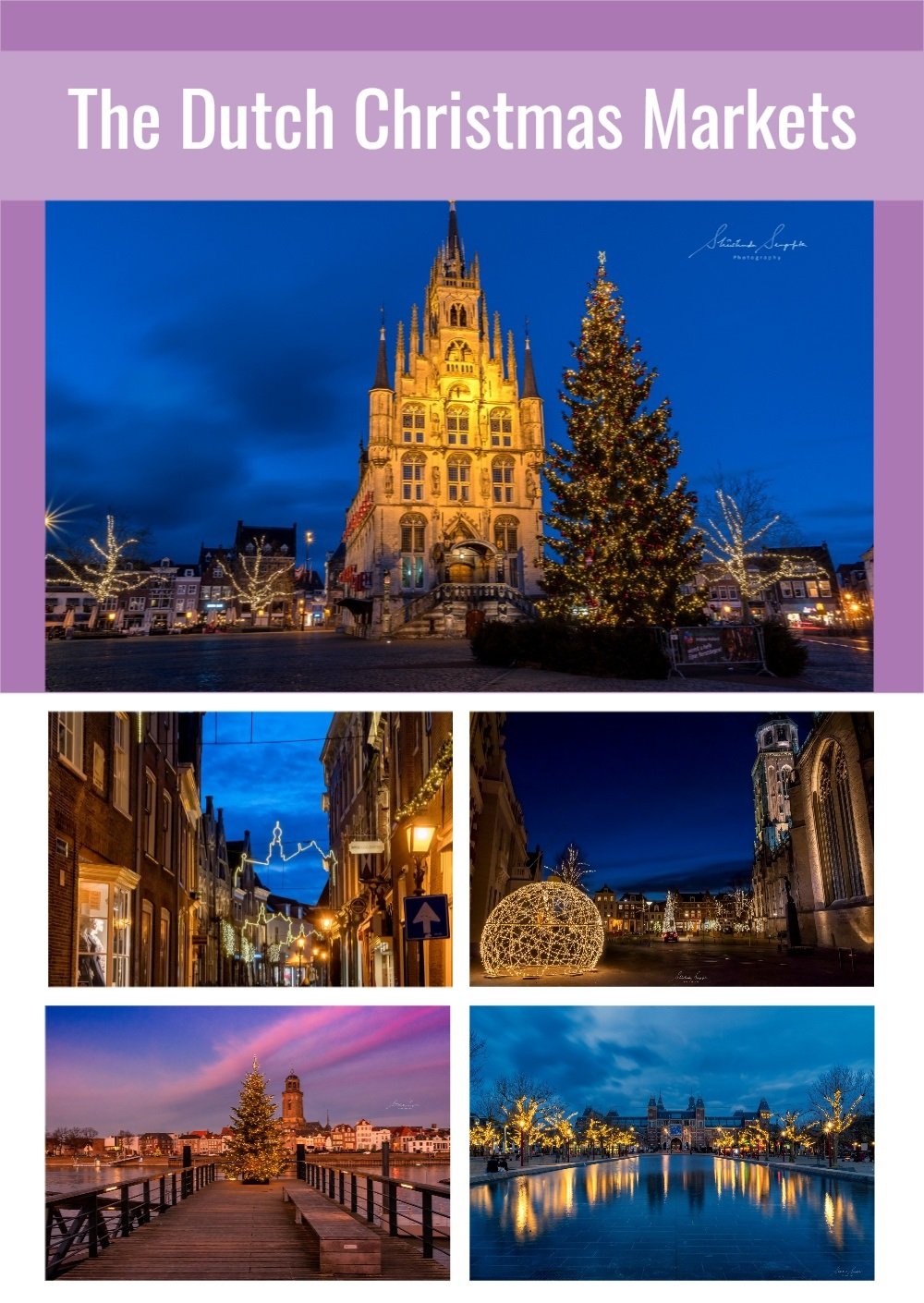
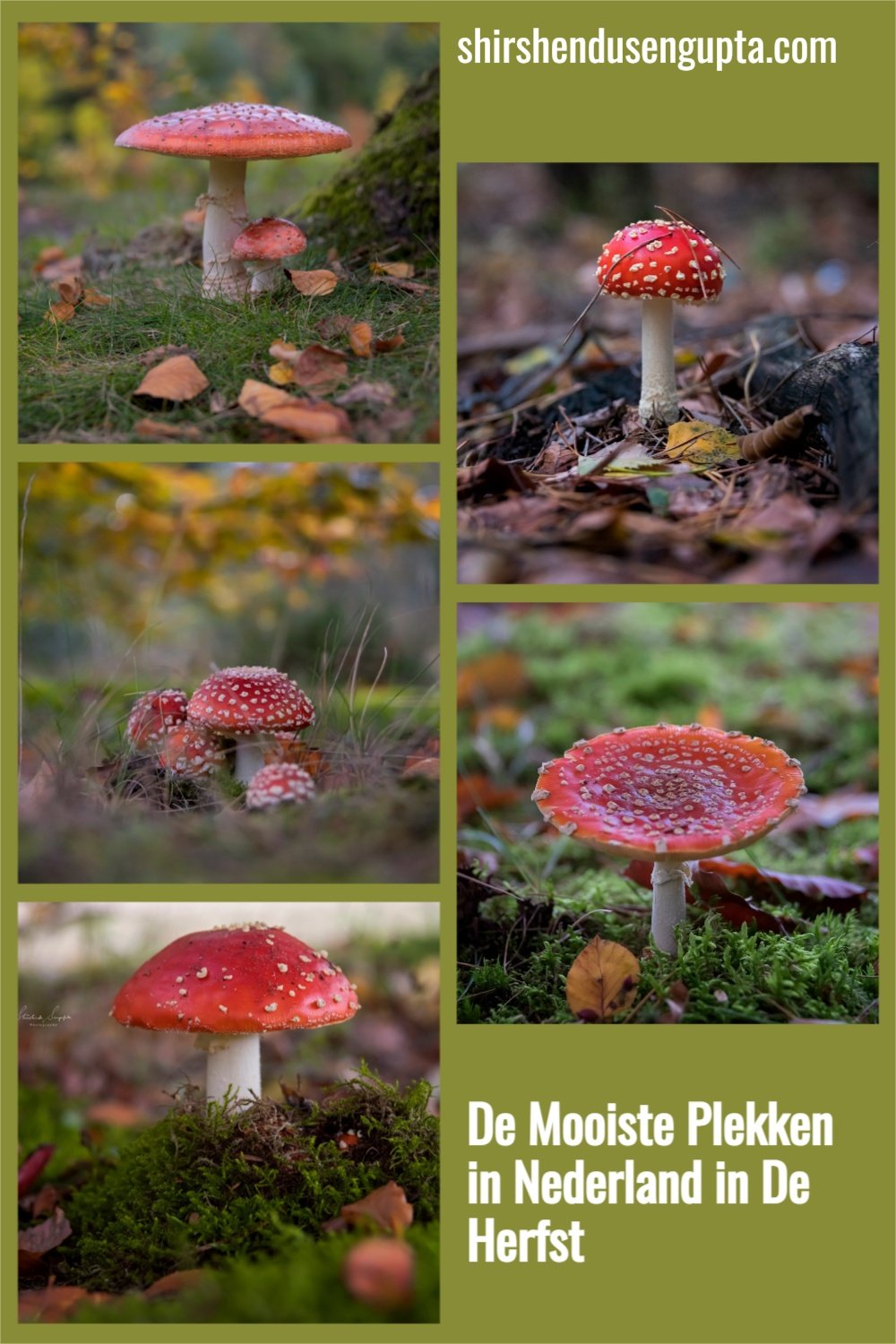
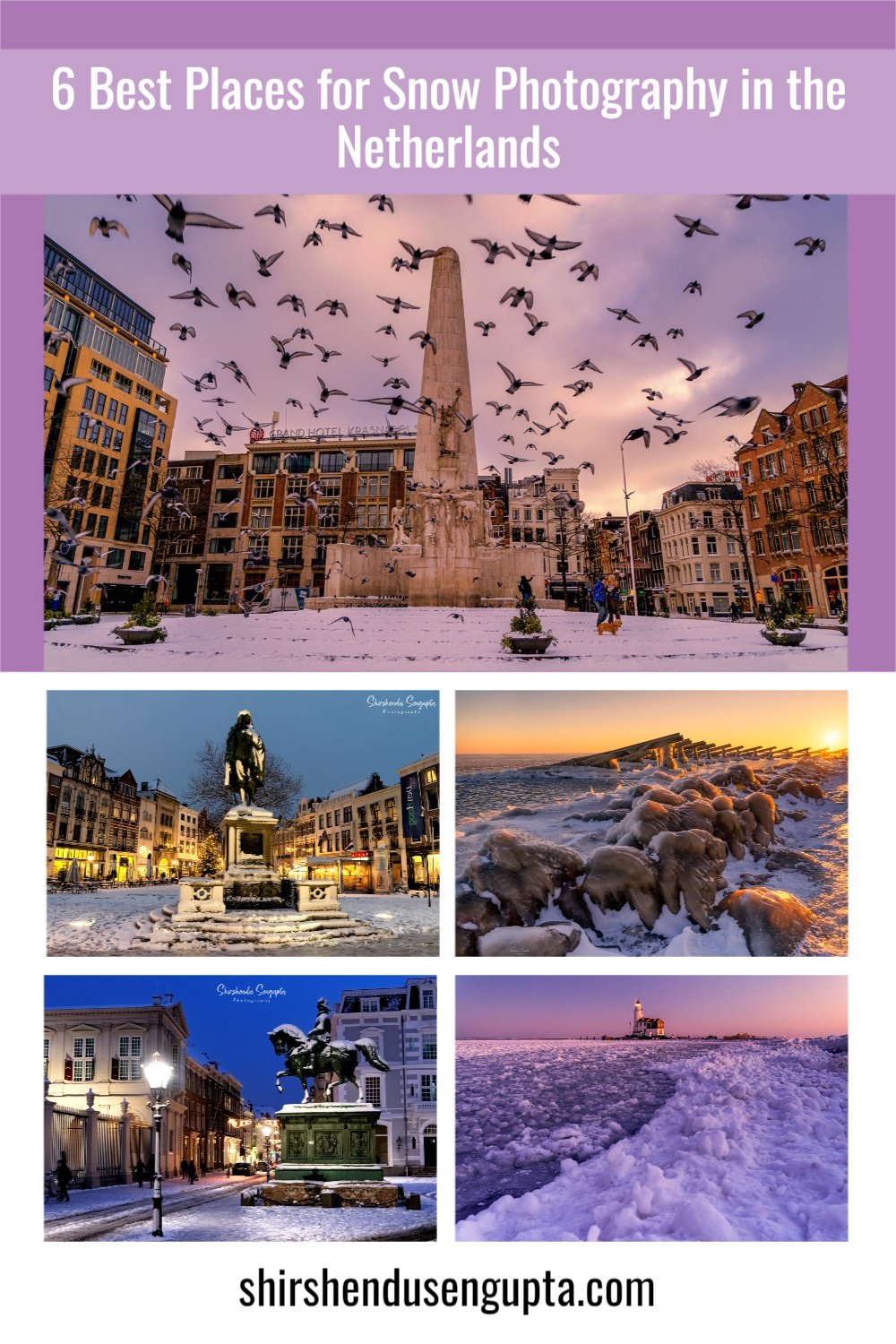
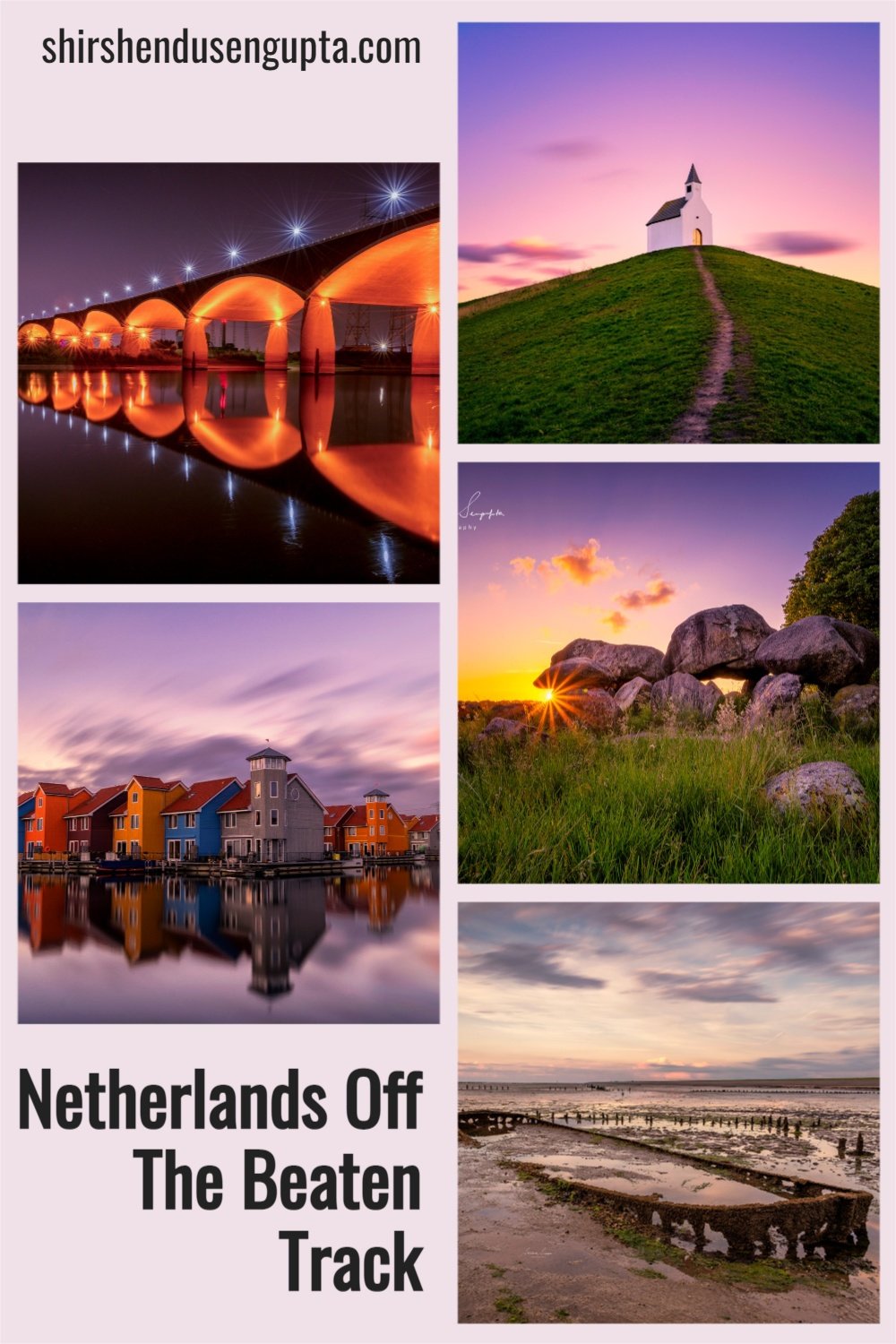
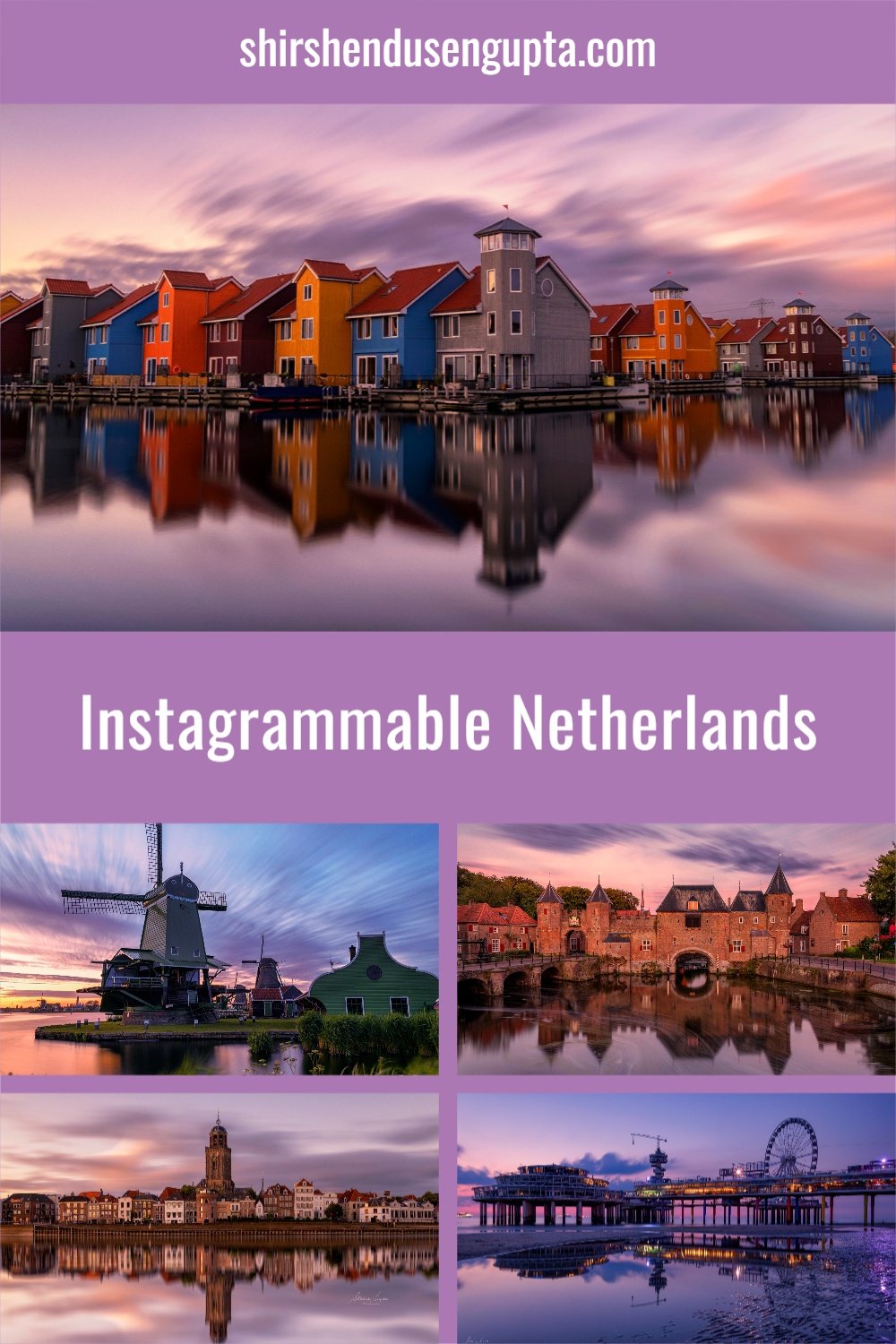

A few weeks ago, I received an unexpected message from TourBox. They offered me their latest model, the TourBox Elite, along with a USB cable and a travel bag, free of cost. The only request was that I share my honest experience and write a review. Initially, I was both excited and skeptical.